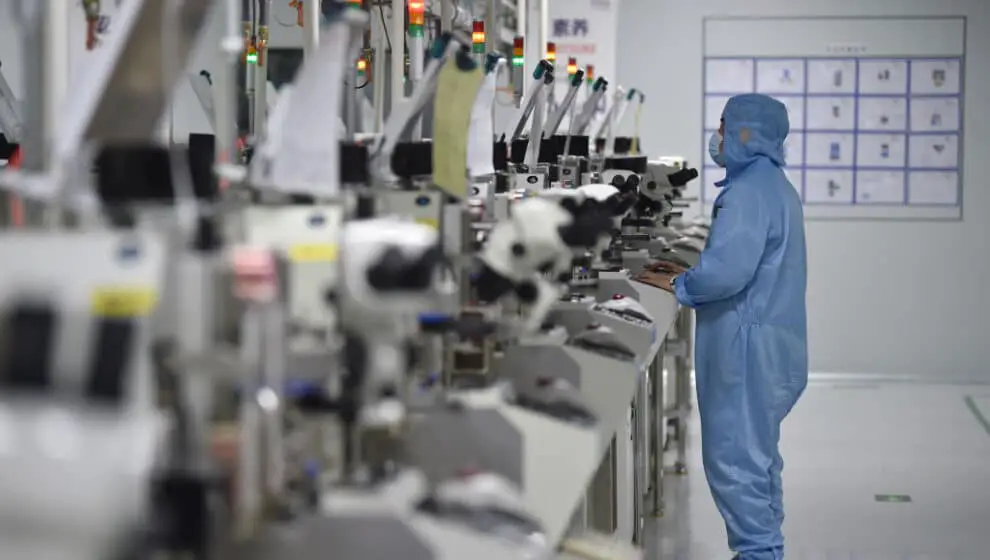Chip manufacturing is moving to the U.S., bringing jobs and securing the U.S. chip supply chain—but industry growth may fall flat if Americans fail to supply skilled workers to staff the facilities.
Key Details
- Semiconductor manufacturing giants like Intel, Samsung, and Taiwan Semiconductor Manufacturing Company (TSMC) are investing heavily in the U.S., encouraged by the CHIPS and Science Act.
- Currently, the semiconductor industry employs around 277,000 workers in 49 U.S. states, mainly in research and development, design, and manufacturing, according to the Semiconductor Industry Association (SIA).
- The industry will add around 280,000 new jobs to the economy. Of those new jobs, 42,000 will be directly connected to the semiconductor industry.
- SIA’s analysis predicts that by 2027, the semiconductor industry will employ 319,000 people and will affect 2.13 million jobs.
- However, with the booming semiconductor industry, there is a shortage of skilled workers ready to fill the available positions.
- The worldwide semiconductor industry will need to add around 1 million workers by 2030, according to a Deloitte report.
Why it’s news
While the U.S. is working to bring chip manufacturing closer to home, the industry has operated outside of the U.S. for a long time, so finding new talent in the U.S. will be a challenge.
According to job hiring site Zip Recruiter, the qualifications to work in the semiconductor industry vary greatly by position. Possible positions within the industry are numerous. Available jobs include semiconductor engineer, chemical engineering, manufacturing technician, quality assurance, packing, and more.
While engineering-related fields typically require a bachelor’s degree at a minimum, other positions may only require a high-school diploma or an associate degree, opening them up to more applicants.
Projections from the SIA find that the CHIPS Act will bring another 185,000 temporary jobs and infuse around $24.6 billion into the U.S. economy from 2021 to 2026.
Facilities may have trouble hiring in the skilled labor areas that require a certain level of expertise.
Software company Eightfold.AI suggests that the best way to meet this growing need for skilled labor is to upskill and reskill current workers. Some positions, such as technician, manufacturing, and equipment roles, will likely be affected by automation in the coming years, making these jobs unavailable to human workers.
At the same time, the need for workers in roles such as process, integration, yield, and quality engineers is growing. The workers displaced by automation could be retrained in the fields needed for manufacturing. Demand for manufacturing technicians is declining, but this position has skills that overlap with reliability engineers, making the transition to a new role much easier, Eightfold.AI found.
While the CHIPS Act may bring manufacturing and jobs to the U.S., laborers must prepare to fill those roles through reskilling or furthering education.
